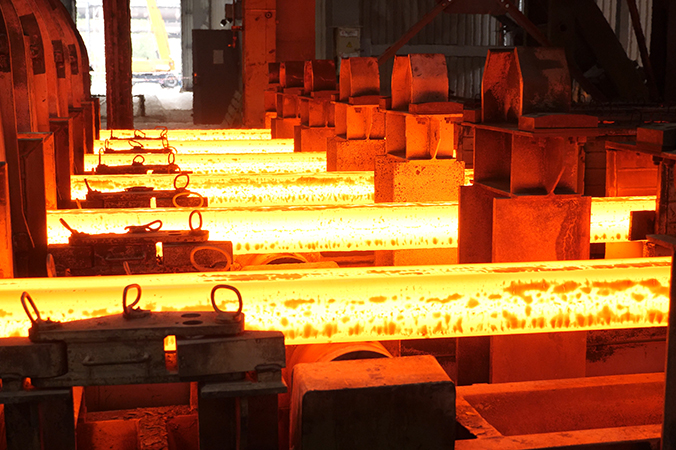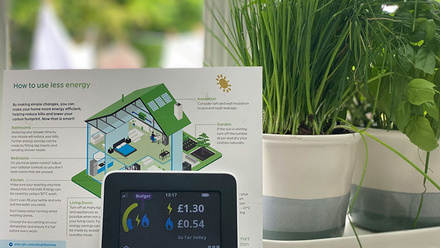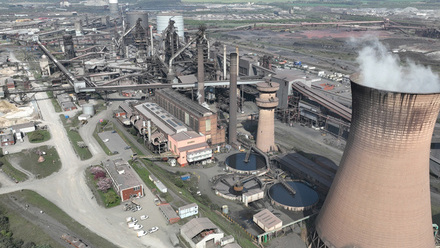Firebricks to store heat for industrial processes
The potential for firebricks to store heat generated from renewable energy has been explored at Stanford University, USA.

The idea is for the heat to be used later at the temperatures required for industrial processes, by passing air through channels in the stacks of firebricks.
The bricks are made from the same materials – alumina and silica – as the insulating bricks that lined primitive kilns and iron-making furnaces thousands of years ago. To optimise for heat storage, instead of insulation, the materials are combined in different amounts.
The team has used computer models to compare costs, land needs, health impacts and emissions for two scenarios.
'Without firebricks, we assumed the world would still be transitioned to 100% wind-water-solar for all energy purposes,' explains Professor Mark Jacobson, the study’s lead author.
'Industry would still be powered by electric furnaces and boilers [and] the electricity would come from wind, solar, geothermal, and hydroelectric sources.
'Because industry needs electricity regularly, electricity storage is needed to take extra renewable electricity when it is available and store it, thus lots of batteries are needed. Firebricks avoid the need of many batteries, but also many electricity generators.'
In the first scenario, firebricks would provide 90% of industrial process heat. Heat generated from these renewable energy sources is stored in an insulated container. This heat can then be released at the high temperatures manufacturing requires. Cement, ceramics, steel, glass and paper factories could then operate on renewable energy even when there is no sunshine or wind.
In the second scenario, there is zero adoption of firebricks or any other thermal energy storage for industrial processes. Rather, heat would come from electric furnaces, heaters, boilers and heat pumps, with batteries providing electricity.
The researchers report the firebricks could cut capital costs by US$1.27trln across the 149 countries examined.
A paper on the Effects of firebricks for industrial process heat on the cost of matching all-sector energy demand with 100% wind-water-solar supply in 149 countries, published in PNAS nexus, reports that the 'cost per kilowatt-hour-thermal of a firebrick storage system is less than one-tenth the cost per kilowatt-hour-electricity of a battery system'.
In the second hypothesis, the researchers theorise that if each country transitions to 100% clean, renewable energy, the use of firebricks to store industrial process heat should cut overall energy costs through combined reductions in electricity generation and storage as well as low-temperature heat storage needs.
According to the paper, modelling shows the firebricks scenario, when compared to the alternative, reduces battery capacity in 2050 by around 14.5%.
The research also indicates hydrogen production for the grid could be cut by around 31%, underground low-temperature storage capacity by 27.3%, onshore wind nameplate capacity by around 1.2% and land needs by around 0.4%. Together, Stanford researchers suggest an overall annual energy cost reduction of around 1.8%.







